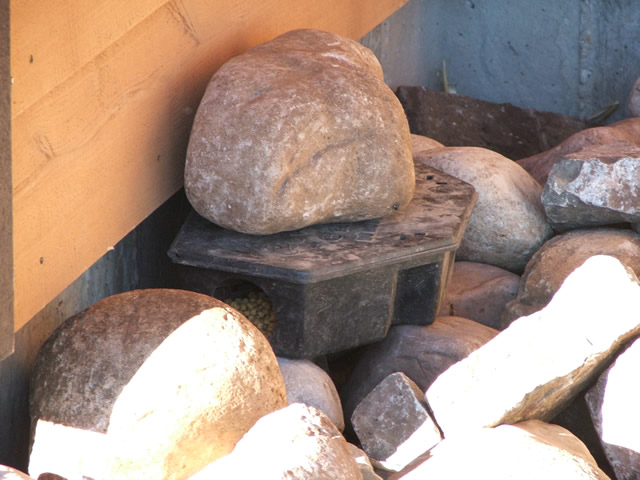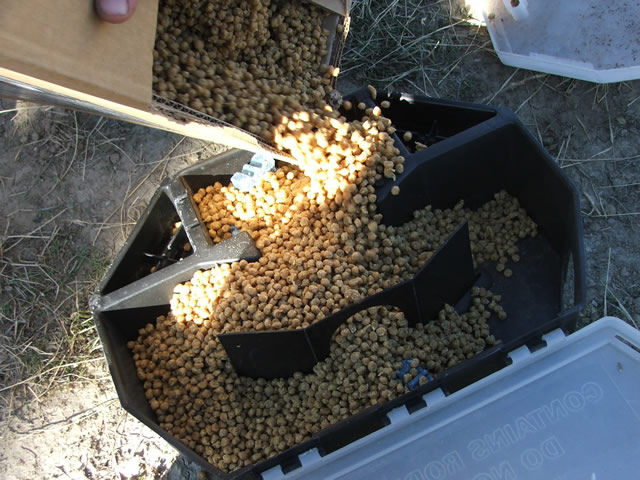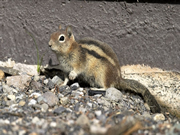Rat Poison

Pictured is a bait station filled with multi-feed rat poison.
There are two types of rat poison: single-feed and multi-feed. We recommend multi-feed. Here’s why:
Single-feed rat poison is more potent than multi-feed, but it doesn’t always do the trick. Rats can be clever, and if they take a small nibble of single-feed poison it may make the animals sick but not kill them. Rats can remember and learn. If a rat gets sick on single-feed poison, it will not go back and eat more; in this way it can survive the poisoning.
Multi-feed rat poison is not as fast acting as single-feed, but it is better because the rats do not suspect the poison. This ensures that they will eat enough to make them die. They will return to the poison and eat from it, and carry it home to store in their food caches. Eventually the rat will consume enough poison that it will die, and other rats will continue to eat the poison at the site and also from the dead rats’ food stores.
Rat poison is for outdoor use only. If you choose to use rat poison instead of rat traps, we recommend that the poison only be used outdoors. Rat poison should not be used for rats living inside a home or other structure because they will probably die inside the building and the bodies may be difficult to find or in an inaccessible place, such as inside a wall. Then you will have a stinky, filthy mess that is both unhealthy and difficult to clean up.
What if an animal eats the dead poisoned rat and becomes poisoned? Sometimes people worry about using poison because they fear that some other animal will find the dead rat and eat it, and thereby become poisoned, too. Most products on the market now are formulated so that the risk of killing a secondary animal is very, very low.

This bait station is being filled in preparation for use.

 1-888-488-7720
1-888-488-7720































